The Hydrogen Platform of Toulouse is an experimental testing platform that aims to study the potential of hydrogen technologies (production, storage, use, etc.) such as fuel cells, water electrolysers,. Launched in 2010 and led by the LAPLACE laboratory, it currently hosts three other laboratories: LGC, IMFT, and CIRIMAT, managed by the same authorities: CNRS, Toulouse INP, and Université Paul Sabatier.
The Toulouse Hydrogen Platform is an experimental test platform designed to study the potential of hydrogen technologies (production, storage, use, etc.) such as fuel cells, water electrolysers and and technologies for controlling hydrogen combustion. Launched in 2010 and led by the LAPLACE laboratory, it currently includes three other laboratories: LGC, l’IMFT, and CIRIMAT, managed by the same authorities: CNRS, INP Toulouse and Université Paul Sabatier.
The Hydrogen Platform’s expertise is reflected in three types of activity:
The platform’s scientific manager is Christophe Turpin, Director of Research at CNRS and also head of hydrogen activities at LAPLACE. (GENESYS research group).
The technical manager of the platform is Olivier Rallières, Research Engineer at the Toulouse Polytechnic Institute (INP) and attached to the LAPLACE Laboratory.
2010 : Launch by the LAPLACE laboratory of the first version of the Hydrogen Platform (120m², Toulouse INP campus).
2015 : Launch of the PACAERO project, aimed at developing and carrying out an initial grouping of experiments by the four laboratories LAPLACE, LGC, IMFT and CIRIMAT carrying out different types of research into hydrogen technologies.
October 10, 2019 : Inauguration of the Hydrogen Platform, officially marking the scale it has now reached in terms of size, resources and university partners, following the PACAERO project.
Since 2019, the Platform has embarked on a continuous improvement process and aims to obtain ISO 9001 and EN9100 certifications in the near future.
Read more about our quality policy: Click here
1st quarter 2025: Start of construction of the future Technocampus Hydrogene Occitanie, on the Francazal site (Cugnaux, near Toulouse).
This new site will cover over 9,000 sq.m.. As well as bringing together all the hydrogen technology experiments from our four laboratories, it will offer an integrated approach to practical training/low TRL research/high TRL research, enabling us to host industrial trials of up to 1 MW (TRL = maturity levels).
https://www.laregion.fr/technocampus-hydrogene-occitanie
The Hydrogen Platform will move to the Occitanie Hydrogen Technocampus from early 2027. This move will take place gradually over several years.
End-2026 Delivery of the 1st part
Mid- 2027 Delivery of 2nd part
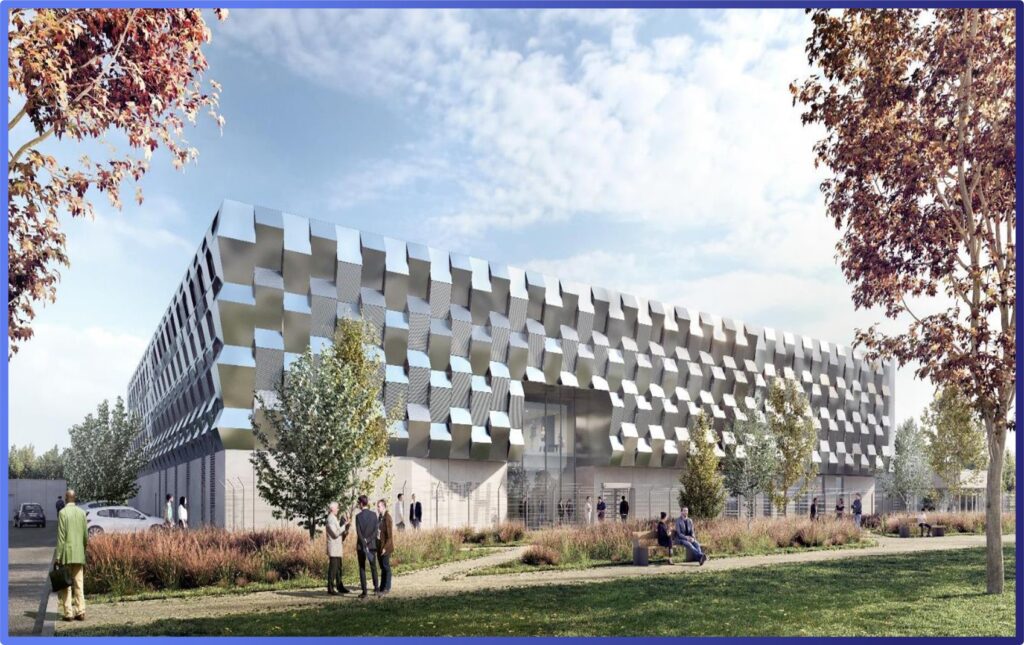
4 laboratories with additional skills :
Over 1,800 m² of Hydrogen experimental space spread across several sites:
10 million euros invested: it is estimated that 9 million euros have been invested to create the ‘Hydrogen Platform’ in its current form, of which almost 6 million euros were financed during the PACAERO project.
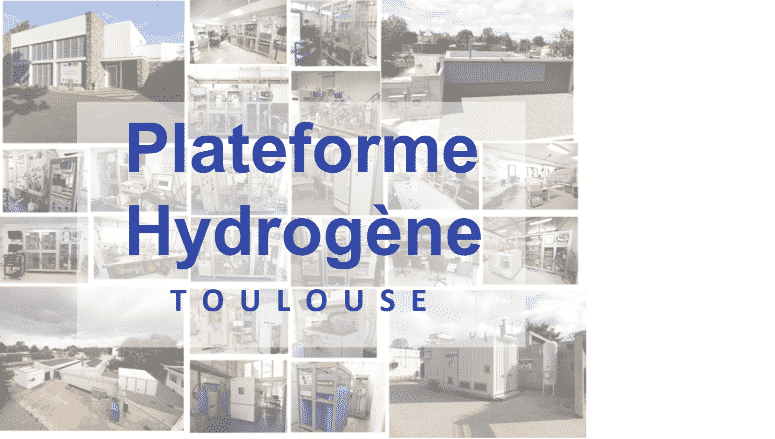
1) Hydrogen production by electrolysis AWE (1) (LGC), PEMWE (2) (LAPLACE), AEMWE (3) (LAPLACE) and SOWE (4) (CIRIMAT, LAPLACE), bioelectrolysis (LGC) and photoelectrolysis (CIRIMAT).
2) Hydrogen storage in solid form (LGC), via hydrogen-bearing organic liquids (LOHC (5) – hydro/dehydrogenation of molecules) for long-distance hydrogen transport (LGC), in cryogenic form (LAPLACE).
3) Hydrogen valuation via PEMFC (6) (IMFT – LAPLACE) and SOFC (7) (LAPLACE) fuel cells and via its combustion to produce heat or mechanical energy (IMFT).
(1) Aqueous or Alkaline Water Electrolyser
(2) Proton Exchange Membrane Water Electrolyser
(3) Anion Exchange Membrane Water Electrolyser
(4) Solid Oxide Water Electrolyser
(5) Liquid Organic Hydrogen Carrier
(6) Proton Exchange Membrane Fuel Cell (low and high temperature)
(7) Solid Oxide Fuel Cell (intermediate and high temperature)
(8) Balance Of Plant
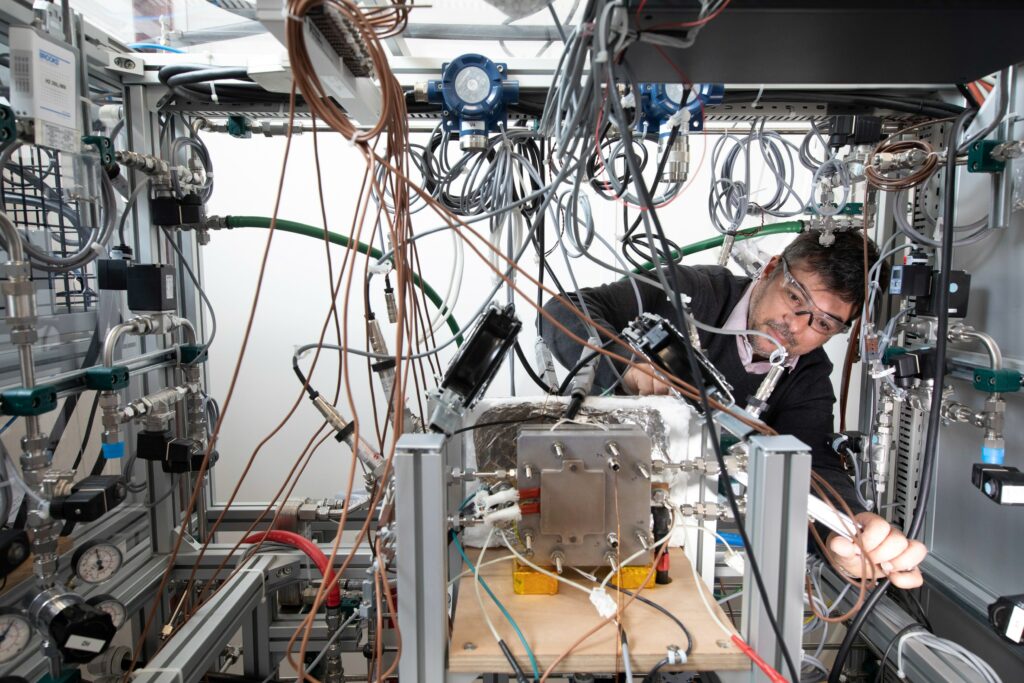
@CNRS – Fréderic Maligne
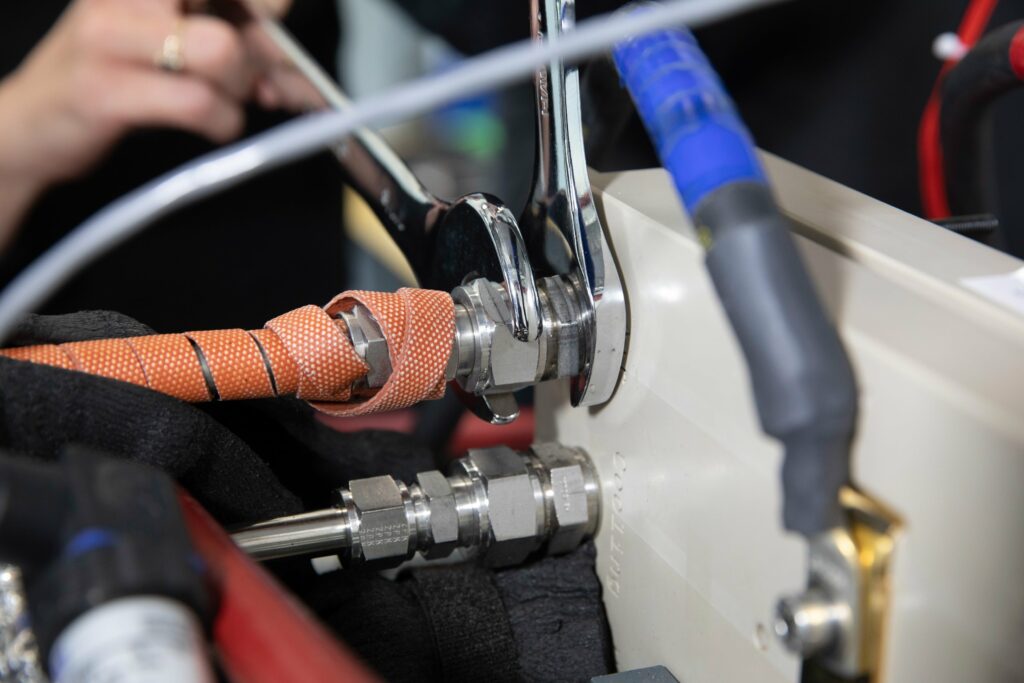
@CNRS – Fréderic Maligne
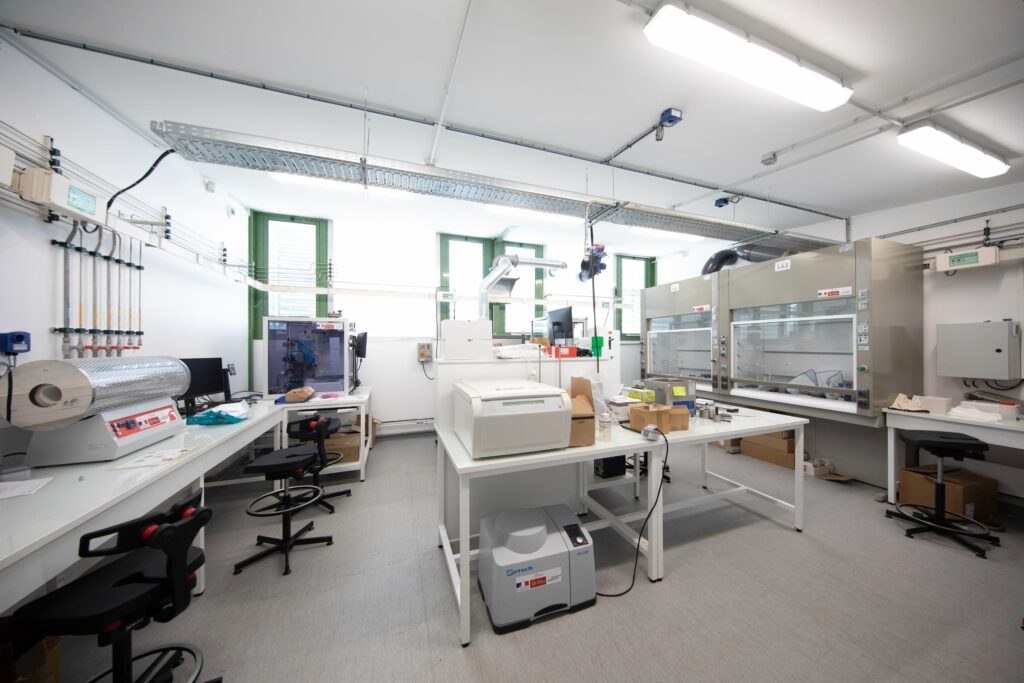
@CNRS – Fréderic Maligne

LGC
The Hydrogen platform is made up of 20 highly qualified technical staff (see the list of staff in the Members section below)
Heads
Christophe Turpin and Olivier Rallières
To contact us, please use the contact form at the bottom of the page.
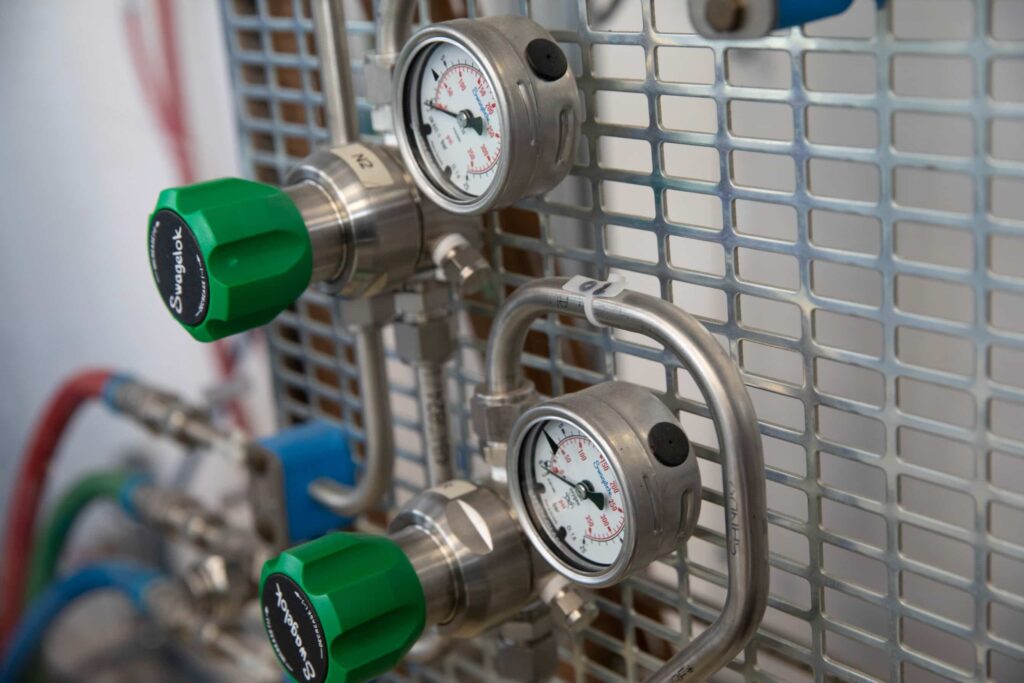
@CNRS – Fréderic Maligne
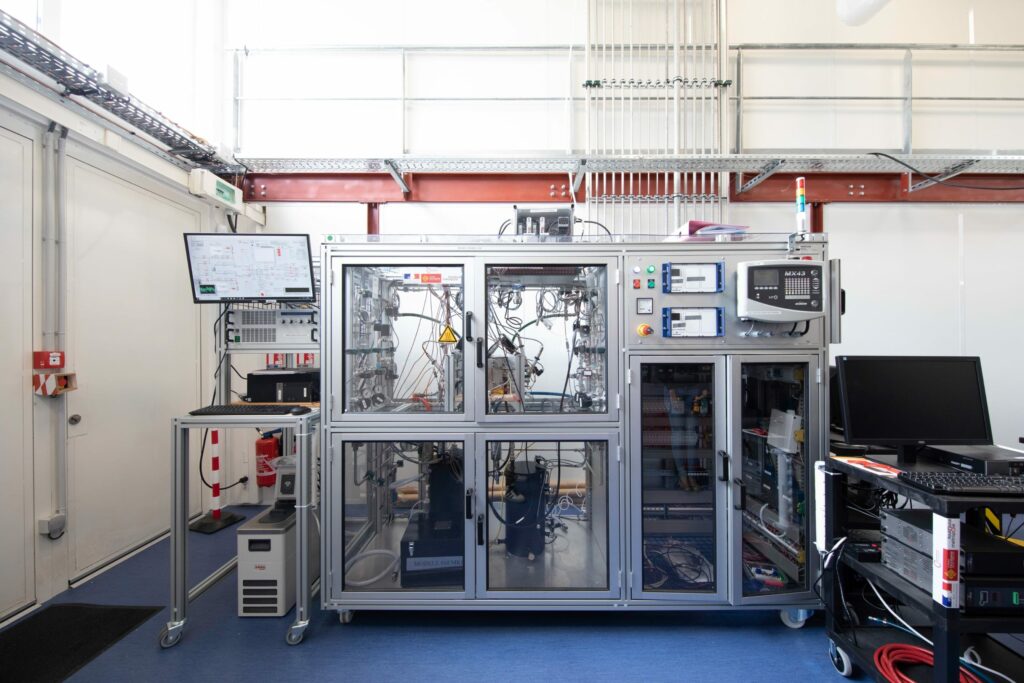
@CNRS – Fréderic Maligne
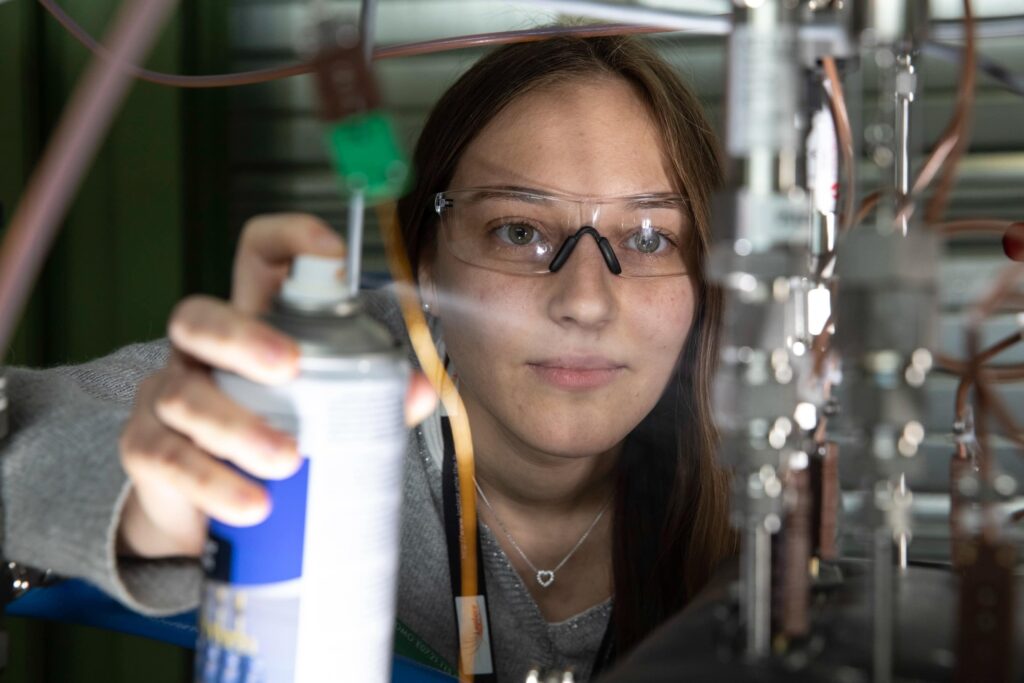
@CNRS – Fréderic Maligne
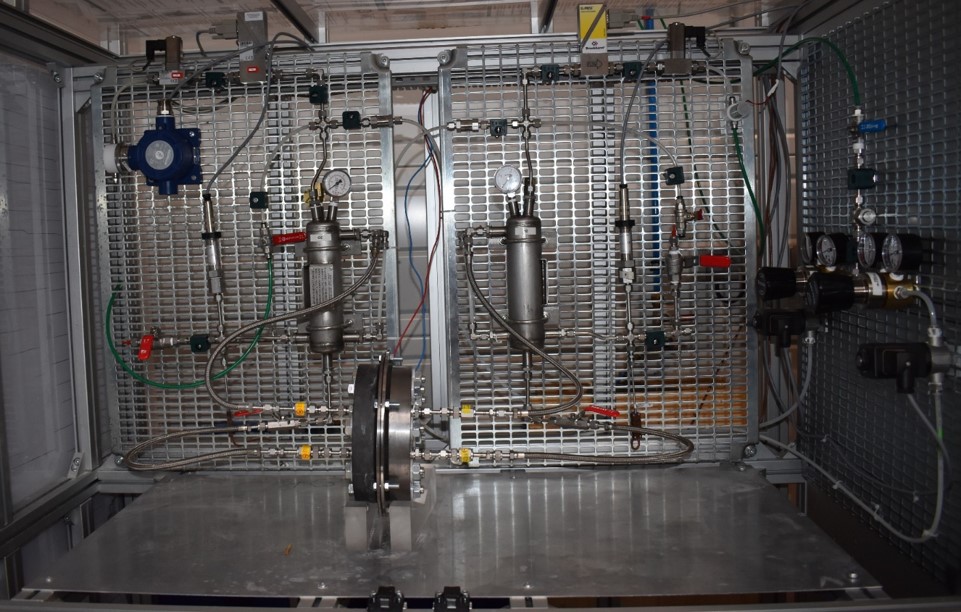
LGC




| NOM Prénom | Corps / Tutelle | Page Personnelle |
|---|---|---|
| {{statut.name}} | ||
| {{ item.nomprenom }} {{ item.nomprenom }} ({{item.servicecommun1}}) | {{ item.corps }} / {{ item.tutelle }} {{item.statut.toUpperCase()}} | Page web |